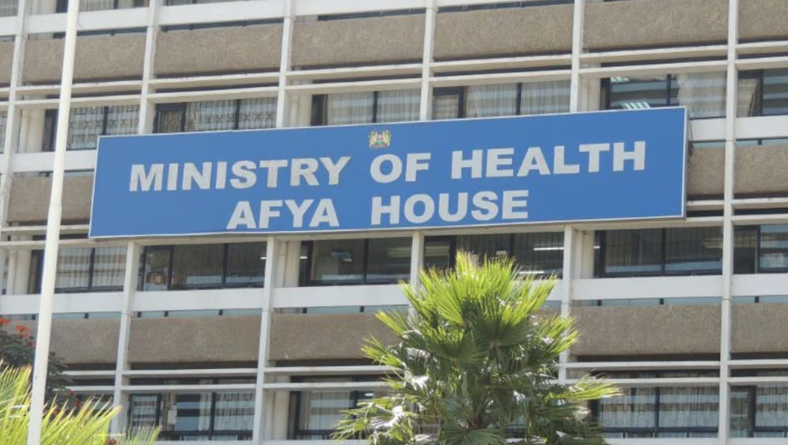
The Ministry of Health has proposed mandatory black-and-white octagonal warning labels on processed foods high in salt, sugar, or fats to help consumers identify unhealthy products quickly.
This is part of the newly published Kenya Nutrient Profile Model (KNPM) to curb excessive consumption of these products, which are linked to chronic diseases like diabetes, heart disease and obesity.
According to the KNPM report, the guidelines will also restrict marketing of unhealthy foods to children and promote public awareness.
“The KNPM provides guidance on front-of-pack labelling, marketing restrictions, and consumer education to address excessive sugar, sodium and fat intake,” the document states.
The Access to Nutrition Initiative found that 90 per cent of packaged foods in Kenya would require such warnings under the proposed rules.
Products exceeding World Health Organization limits for unhealthy ingredients must display bold labels like ‘High in Sugar’, ‘High in Salt’, or ‘High in Fat’ inside a black octagon.
Multiple warnings may appear on a single item. The KNPM also aligns with WHO recommendations to ban child-targeted advertising for products with non-nutritive sweeteners.
Public Health PS Mary Muthoni emphasised the policy’s goal.
“This model empowers Kenyans to make healthier dietary choices while fostering sustainable food systems,” Muthoni said.
The move comes as non-communicable diseases account for 39 per cent of deaths in Kenya, with obesity rates tripling since 2000.
Recent data shows 45 per cent of women and 19 per cent of men are overweight or obese, straining the economy.
Evidence from Chile, the first country to adopt similar warnings in 2016, shows a 24 per cent drop in sugary drink sales within two years, with manufacturers reformulating products to avoid labels.
The International Institute for Legislative Affairs, a Nairobi non-profit that participated in drafting the profile, said research showed that simple, prominent front-of-pack warnings make it easier for consumers to spot unhealthy products, unlike the current tiny nutrition tables buried on the back of packets.
“Right now, you need a magnifying glass and maybe a degree in food science to figure out how much sugar is in that drink or how salty that instant soup really is. The KNPM flips the script. You will see the warning before you even pick the item up,” said Celine Awuor, chief executive of IILA.
Implementation will involve policy development, stakeholder engagement and public sensitisation.
The ministry acknowledges this may take time but stresses the long-term benefits for public health.











